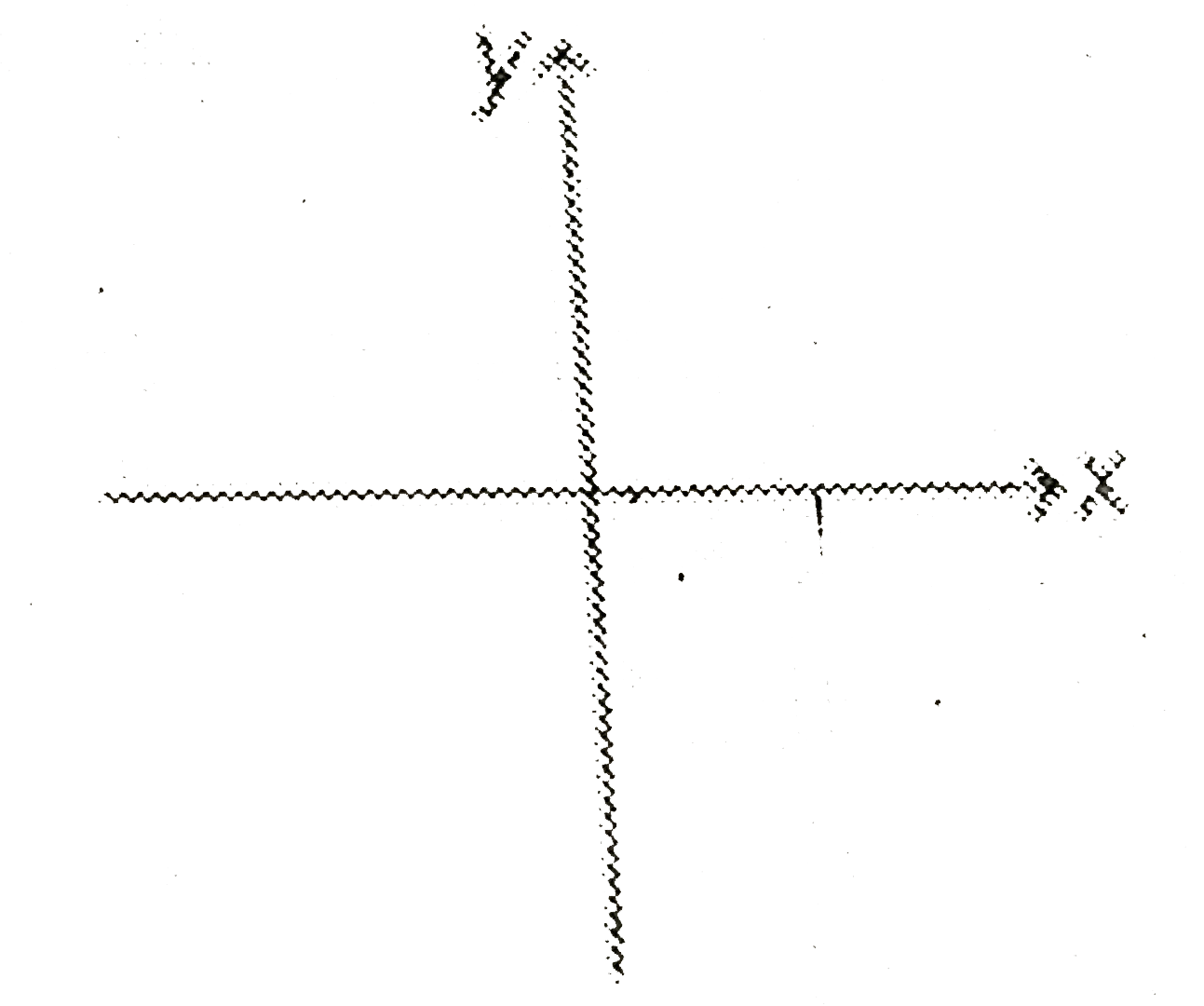The displacement of a particle from its mean position (in metre) is given by
y=0.2sin(10πt+1.5π)cos(10πt+1.5π)
The motion of the particle is
periodic but not S.H.M
non - periodic
simple harmonic motion with a period 0.1 s
simple harmonic motion with a period 0.2 s
The correct Answer is:C
To solve the problem, we need to analyze the given displacement equation of the particle:
Given:
y=0.2sin(10πt+1.5π)cos(10πt+1.5π)
Step 1: Use Trigonometric Identity
We can use the trigonometric identity:
sinAcosA=12sin(2A)
In our case, let A=10πt+1.5π.
Step 2: Rewrite the Equation
Using the identity, we can rewrite the displacement equation:
y=0.2⋅12sin(2(10πt+1.5π))
y=0.1sin(20πt+3π)
Step 3: Identify the Standard Form of SHM
The standard form of simple harmonic motion (SHM) is:
y=Asin(ωt+ϕ)
Where:
- A is the amplitude,
- ω is the angular frequency,
- ϕ is the phase constant.
From our equation:
- Amplitude A=0.1
- Angular frequency ω=20π
- Phase constant ϕ=3π
Step 4: Calculate the Time Period
The time period T of SHM is given by:
T=2πω
Substituting ω=20π:
T=2π20π=110=0.1 seconds
Conclusion
The motion of the particle is simple harmonic motion (SHM) with a period of 0.1 seconds.
Final Answer
The motion of the particle is simple harmonic motion with a period of 0.1 seconds.
---
y=0.2sin(10πt+1.5π)cos(10πt+1.5π)
We can use the trigonometric identity:
sinAcosA=12sin(2A)
In our case, let A=10πt+1.5π.
Using the identity, we can rewrite the displacement equation:
y=0.2⋅12sin(2(10πt+1.5π))
y=0.1sin(20πt+3π)
The standard form of simple harmonic motion (SHM) is:
y=Asin(ωt+ϕ)
Where:
- A is the amplitude,
- ω is the angular frequency,
- ϕ is the phase constant.
- Amplitude A=0.1
- Angular frequency ω=20π
- Phase constant ϕ=3π
The time period T of SHM is given by:
T=2πω
Substituting ω=20π:
T=2π20π=110=0.1 seconds
The motion of the particle is simple harmonic motion (SHM) with a period of 0.1 seconds.
The motion of the particle is simple harmonic motion with a period of 0.1 seconds.
Similar Questions
Knowledge Check
The displacement of a particle executing simple harmonic motion is given by
x=3sin(2πt+π4)
where x is in metres and t is in seconds. The amplitude and maximum speed of the particle isA3m, 2πms−1B3m, 4πms−1C3m, 6πms−1D3m, 8πms−1When a harmonic wave is proppagating through a medium, the displacement 'y' of a particle of the medium is represented by y=10 sin (2pi)/(5) (1800t- x). The time period will be
A1/360 secB1/36 secC36 secD360 sec
The displacement x (in metre ) of a particle in, simple harmonic motion is related to time t ( in second ) as
x=0.01cos(πt+π4)
the frequency of the motion will be
View Solution(b) The displacement of a particle executing simple harmonic motion is given by the equation y=0.3sin20π(t+0.05) , where time t is in seconds and displacement y is in meter. Calculate the values of amplitude, time period, initial phase and initial displacement of the particle.
View SolutionThe displacement of a particle in SHM is indicated by equation y=10sin(20t+π/3) where, y is in metres. The value of time period of vibration will be (in second)
View SolutionThe displacement x(in metres) of a particle performing simple harmonic motion is related to time t(in seconds) as x=0.05cos(4πt+π4) .the frequency of the motion will be
View SolutionA xandy co-ordinates of a particle are x=Asin(ωt)andy=Asin(ωt+π/2). Then, the motion of the particle is

View SolutionA particle is moving with a position vector, →r=[a0sin(2πt)ˆi+a0cos(2πt)ˆj]. Then -
View Solution
